The Fespaco in Ouagadougou
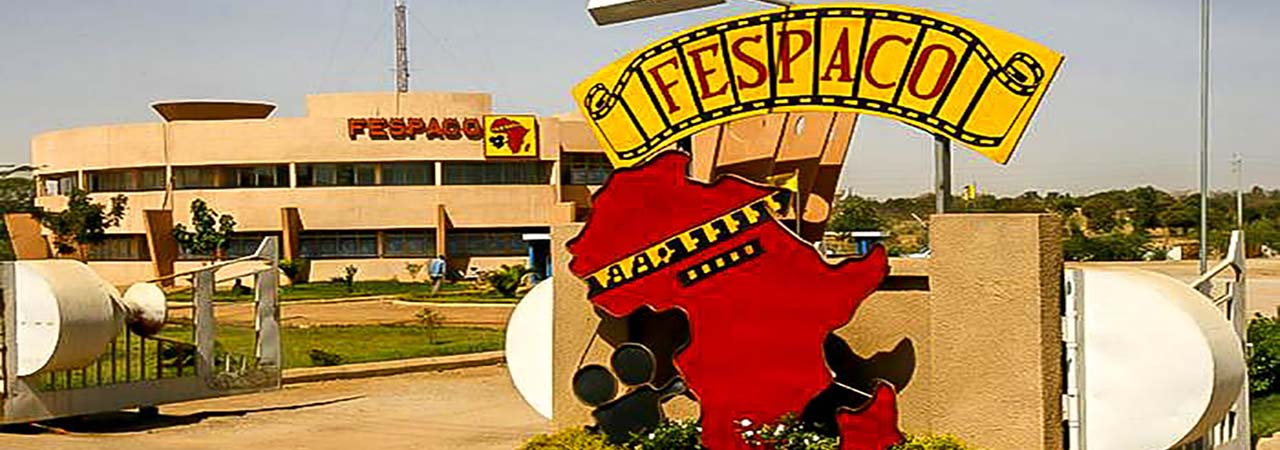
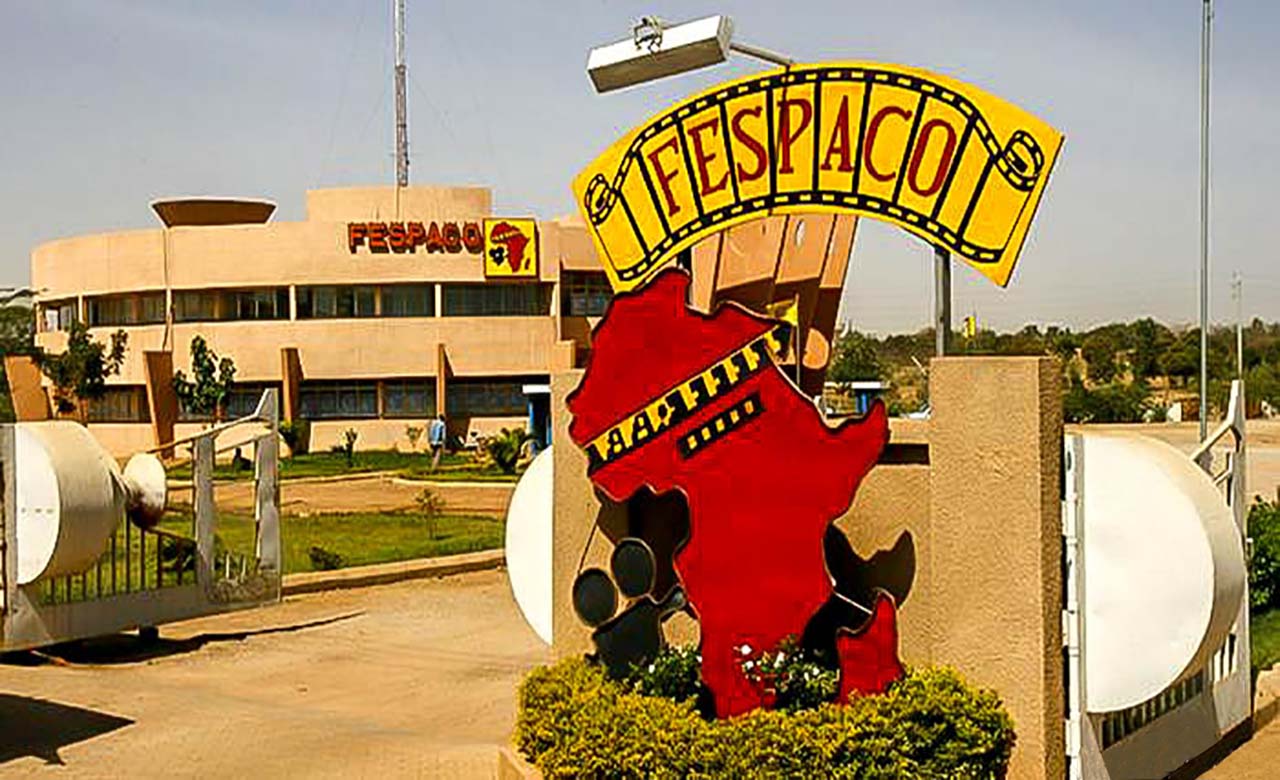
The Pan-African Film and Television Festival of Ouagadougou (FESPACO) is one of the largest African film festivals. It takes place every two years in Ouagadougou, the capital of Burkina Faso. It is also one of the few remaining state film festivals in the world.
Fespaco objectives
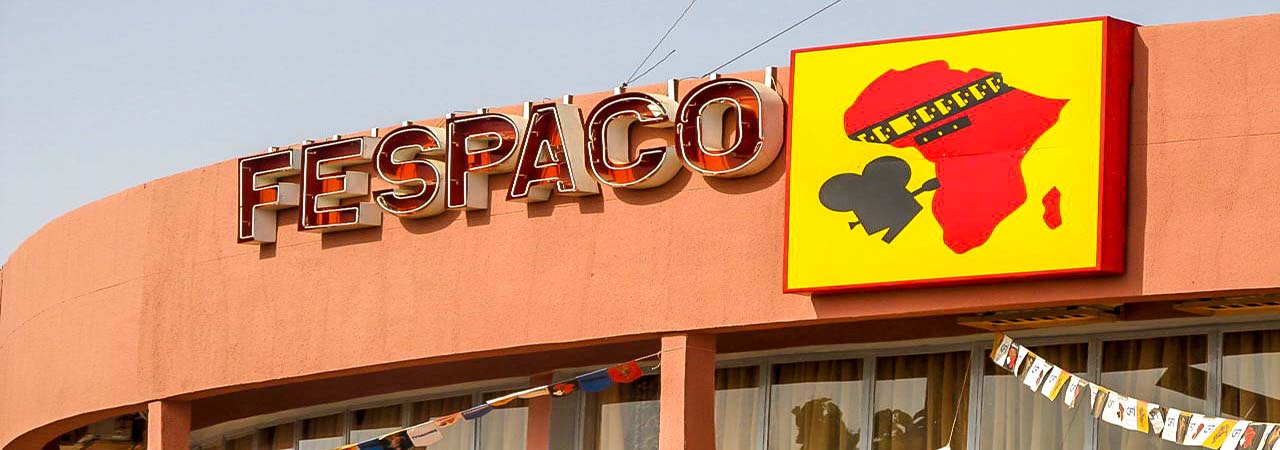
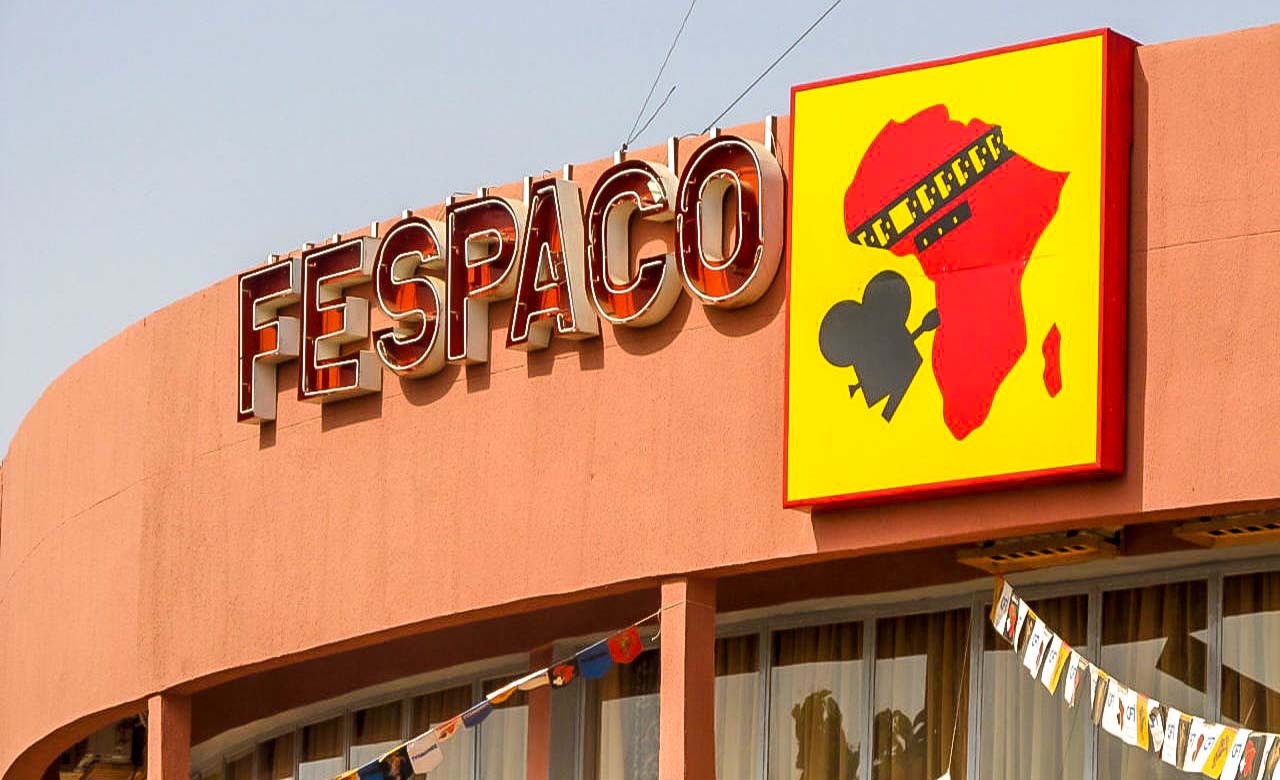
African international film and television market:
History of FESPACO
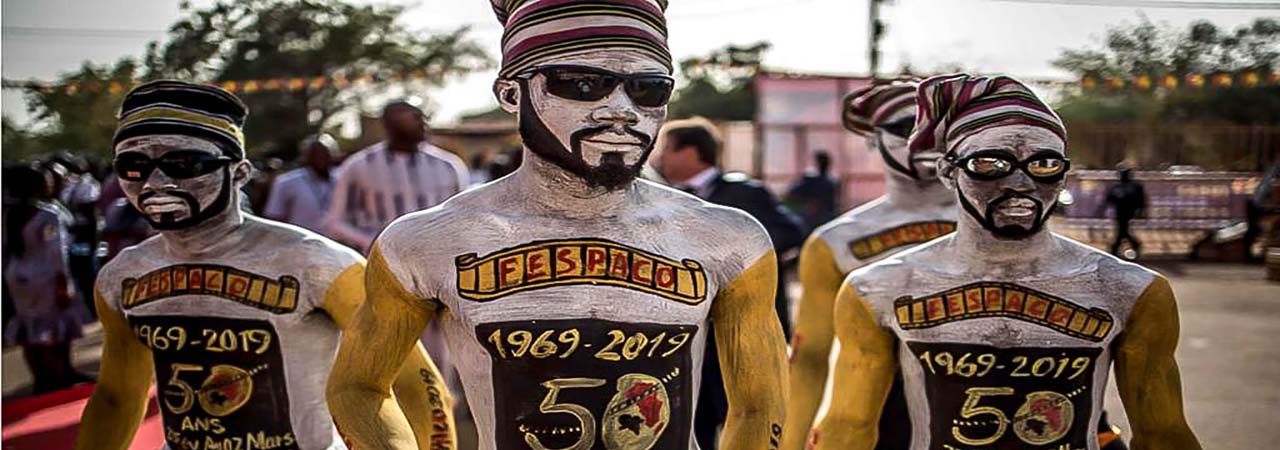
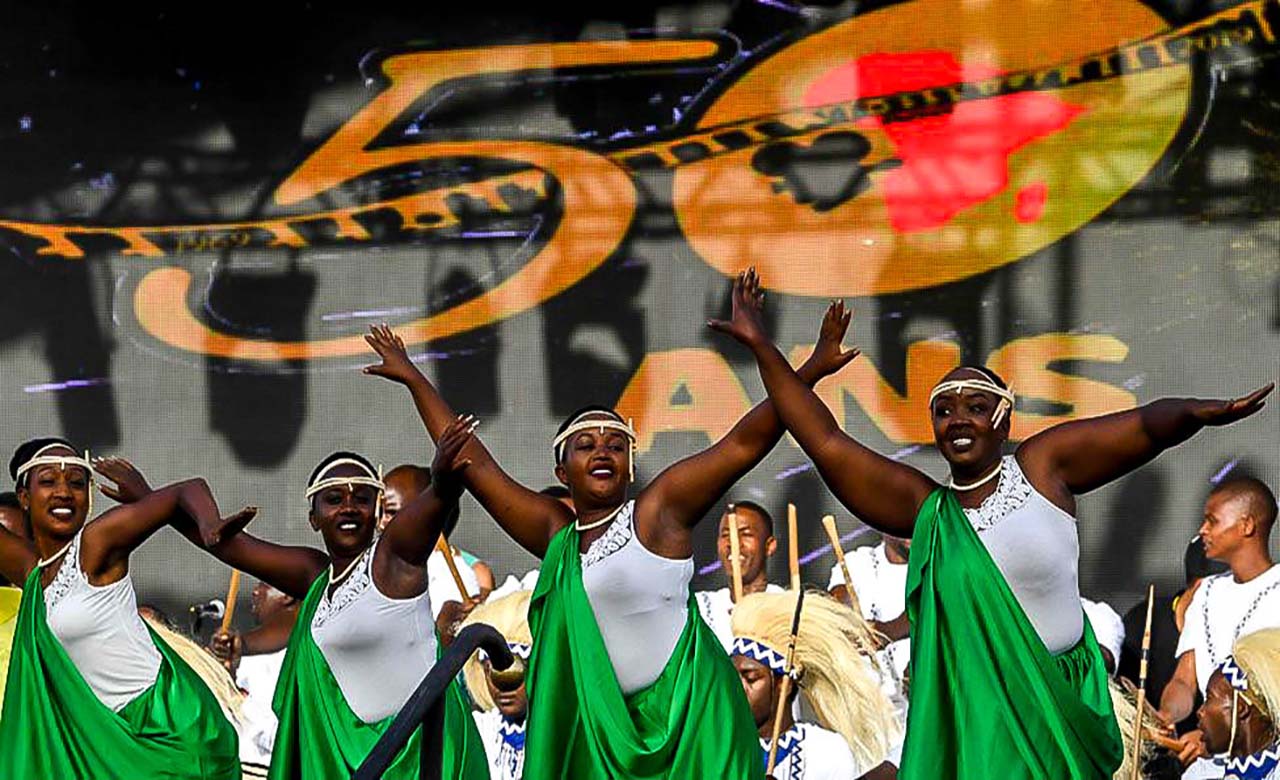
The festival was created in 1969 in Ouagadougou at the initiative of a cinephiles group, including François Bassolet, Claude Prieux (Director of the Franco-Voltaïque Cultural Center) and Alimata Salembéré, who became the first president from 1969 to 1970. At the time, the country was devoid of cinematographic structures and the Voltaic population did not have access to the increasingly numerous African productions. The initiators, therefore, wanted through the festival to give the population more access to African films.
The filmmakers’ monument


The filmmakers’ monument was built in 1987 with the aim of paying special tribute to filmmakers. With a dynamic shape, like a rocket ready to take off for another victory, it symbolizes the working tools of filmmakers such as camera lenses, film reels, zooms, telephoto lenses etc. The libation organized at each FESPACO according to African tradition at the foot of the monument, is an opportunity not only to honor the ancestors and ask for their blessing, but also all those who have positively impacted African cinema.
